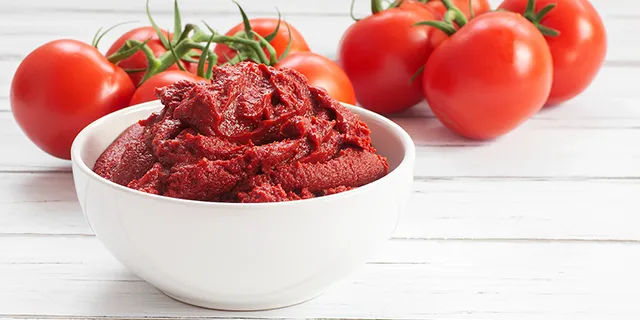
Consumers of food products like tomato paste judge their quality by their color. Appearance relates to freshness and taste, so buyers prefer a product with a standardized, consistent appearance. Following best practices in color measurement allows tomato paste producers to create a product that appeals to customers, influencing sales.
Consider Factors Influencing Color
Before measuring color, determine the factors that influence it. The ripeness of the tomatoes impacts appearance, as the amount of lycopene increases as tomatoes ripen to create a more vibrant red. Other factors, like production methods and storage conditions, lead to variations such as brown or muted hues. Knowing these factors enables producers to adjust their processes based on the measurement results.

